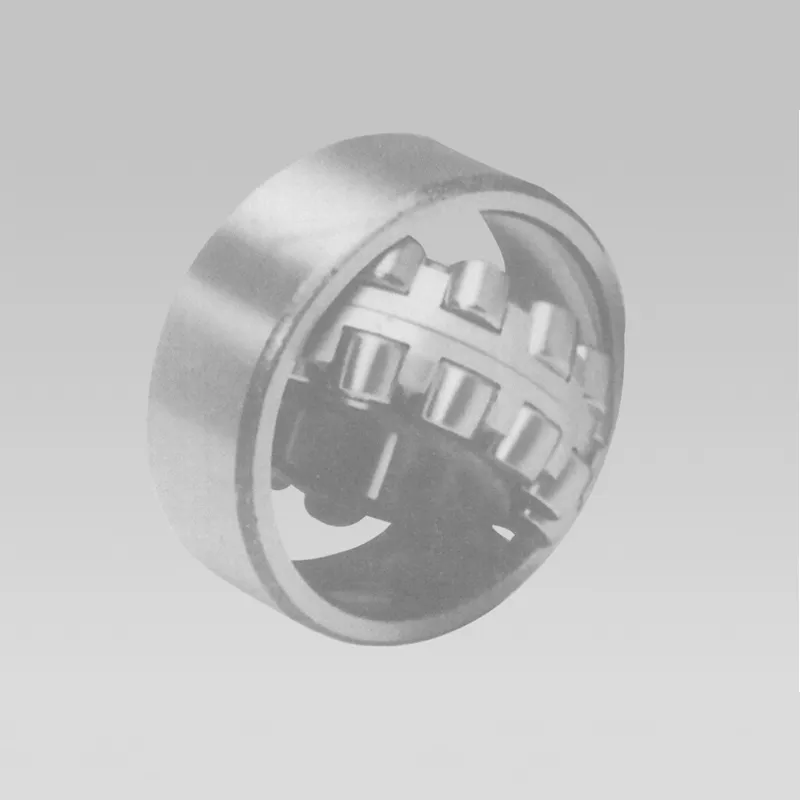
Nov . 11, 2024 06:17 Back to list
imperial thrust bearings
Understanding Imperial Thrust Bearings A Comprehensive Overview
Thrust bearings are critical components in various machinery and mechanical systems, designed to accommodate axial loads and allow for smooth rotational motion. Among the various types of thrust bearings, imperial thrust bearings play a significant role in applications that demand high accuracy and performance. This article aims to explore the nature, applications, advantages, and care of imperial thrust bearings.
What Are Imperial Thrust Bearings?
Imperial thrust bearings refer to a specific classification of thrust bearings that are often measured in imperial units, such as inches and pounds. These bearings are engineered to support loads along the axis of the shaft, managing the forces that arise when an axial load is applied. They are typically made from durable materials such as steel or bronze and are designed to withstand considerable weight and pressure.
Types of Imperial Thrust Bearings
There are several types of thrust bearings utilized in different applications. The most common types include
1. Ball Thrust Bearings These consist of ball bearings between a shaft and a raceway, allowing for minimal friction and smooth operation. They are ideal for applications with low to moderate load capacities.
2. Roller Thrust Bearings These feature cylindrical rollers instead of balls, offering a larger contact surface area which makes them suitable for handling heavier axial loads.
3. Spherical Thrust Bearings Primarily used in applications where misalignment may occur, these bearings accommodate radial loads and facilitate angular adjustments.
4. Hydrodynamic Thrust Bearings These utilize a fluid film to support the loads, typically found in heavy-duty applications like ship propellers and turbines.
Applications of Imperial Thrust Bearings
Imperial thrust bearings are found in a wide range of applications across various industries, including
- Automotive In gearboxes and crankshafts, they ensure efficient movement and stability, reducing wear and tear on engine components. - Aerospace Used in aircraft engines and landing gear systems, thrust bearings help to manage forces during takeoff and landing.
- Manufacturing In machinery such as mills, lathes, and CNC machines, they support the weight of components and provide precision in manufacturing processes.
imperial thrust bearings

- Energy Wind turbines and hydroelectric power generation rely on thrust bearings to manage the loads generated by rotating parts
.Advantages of Using Imperial Thrust Bearings
The implementation of imperial thrust bearings comes with numerous benefits, including
- Load Capacity They can handle significant axial loads, making them invaluable for applications under heavy stress.
- Durability Made from high-quality materials, these bearings are designed for longevity, minimizing the need for frequent replacements.
- Efficiency With their ability to reduce friction and thermal expansion, imperial thrust bearings enhance the efficiency of rotating systems.
- Precision They facilitate smooth operation, which is crucial for applications requiring high accuracy.
Maintenance and Care
To ensure the longevity and optimal performance of imperial thrust bearings, proper maintenance is essential. Here are a few key practices
- Regular Lubrication Proper lubrication is vital to reduce friction and wear. It’s essential to use the correct type of lubricant suitable for the specific application.
- Inspection Routine inspections can help identify wear and potential failures before they become severe issues, facilitating timely replacements.
- Alignment Ensuring proper alignment during installation will help prevent premature wear and enhance performance.
Conclusion
Imperial thrust bearings are integral components essential for the smooth operation of many mechanical systems. Their ability to manage axial loads while providing durability, efficiency, and precision makes them indispensable across various industries. Understanding their types, applications, advantages, and maintenance can significantly enhance their performance, ensuring the machinery operates at its best for years to come. As industries continue to evolve, the role of thrust bearings will remain pivotal, driving innovations in design and functionality.
Latest news
-
Spherical Roller Bearings Applications: Heavy Duty, Self-Aligning
NewsAug.30,2025
-
Premium Deep Groove Ball Bearings | High Speed & Reliability
NewsAug.29,2025
-
Durable Scaffolding Clamps - Secure & Reliable Tube Connectors
NewsAug.28,2025
-
Common Failures in Thrust Ball Bearings and Solutions
NewsAug.22,2025
-
How Tapered Roller Bearings Can Take Shock Loads
NewsAug.22,2025
-
Angular Bearings in High-Precision Spindles
NewsAug.22,2025
